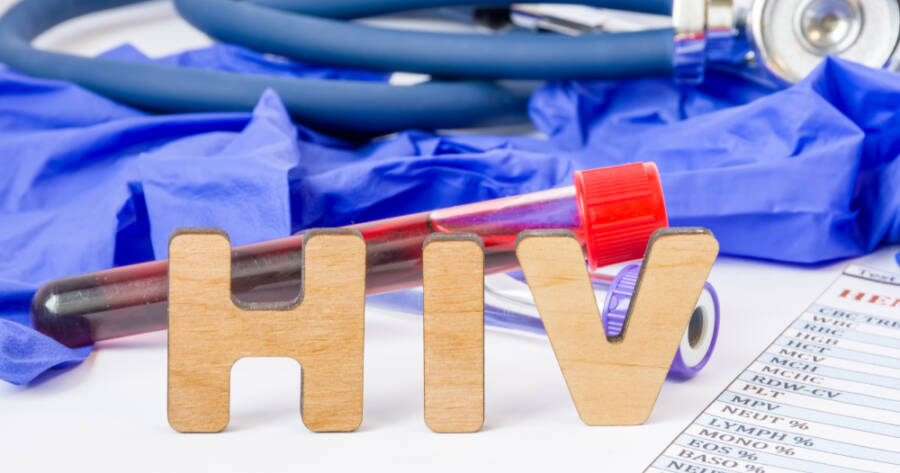Early recognition of HIV symptoms plays a crucial role in timely diagnosis and treatment, significantly affecting the management and quality of life for those affected. Understanding flu-like symptoms and the importance of early detection empowers individuals to take proactive steps towards testing and treatment. Learn about testing methods, the significance of rapid interventions, and the evolving role of treatments like ART in enhancing living with HIV.
Recognizing Early HIV Symptoms
Understanding early HIV symptoms is essential for prompt diagnosis and treatment. Early stages of HIV infection, known as acute HIV infection, often present with flu-like symptoms such as fever, chills, rash, night sweats, muscle aches, and sore throat resembling other illnesses.
These symptoms typically occur 2-4 weeks after exposure but may be transient or even absent in some instances. As these symptoms are not reliable indicators of HIV, the definitive method for diagnosis remains HIV testing.
The Importance of Early Detection and Testing
Early detection is crucial for effective HIV management and reducing transmission risk before symptoms worsen. Prompt testing enables individuals to commence treatment early, which can significantly hinder the virus’s progression, minimizing further health complications and enhancing quality of life.
According to the CDC, it is advisable for sexually active individuals to undergo HIV testing, with those in high-risk groups opting for more frequent tests. The fourth-generation HIV test is a standard screening method that can detect the virus within two weeks of exposure. Although community-specific barriers such as stigma or limited healthcare access can impede testing efforts, advances in home testing options strive to make HIV testing more universally accessible.
Testing Methods and Accessibility
Rapid HIV tests provide results within minutes and offer a more convenient alternative for those unable to access healthcare facilities regularly. Home testing kits, yielding results in approximately 20-40 minutes, have also become more prevalent, enhancing privacy and control for the user.
It’s imperative for individuals especially at high risk, such as those with multiple partners or who use injectable drugs, to consider frequent testing given the virus’s high transmission probability. Beyond the initial detection phase, regular medical checkups ensure the management of HIV as a chronic condition over time and continually improve life expectancy.
Understanding the Window Period
The window period is the time post-exposure when the virus may not be detectable by certain tests. Fourth-generation tests, capable of detecting antigens and antibodies as early as two weeks after exposure, are complemented by RNA tests that can identify the virus even earlier.
However, due to potential false negatives during the early window period, confirmatory tests are critical. It’s also recommended that those testing negative but at persistent risk adopt preventive measures, such as Pre-Exposure Prophylaxis (PrEP) to maintain a negative HIV status.
The Role of Treatment in HIV Management
Early HIV diagnosis underscores the potential for timely treatment, which strengthens the immune system and averts progression to AIDS with effective antiretroviral therapy (ART). ART not only curtails the virus’s activity but also reduces its transmission.
This is encapsulated by the “Undetectable = Untransmittable” (U=U) concept, where individuals on successful treatment present no transmission risk to others while managing HIV as a chronic condition with a lifestyle akin to those without the virus. Although side effects from medications might arise, adjustments by healthcare providers can facilitate uninterrupted adherence.
Why You Should Learn More About Early HIV Symptoms and Testing Today
Awareness and understanding of early HIV symptoms and testing protocols are pivotal for timely intervention. By recognizing the flu-like signs of acute infection and committing to regular testing, particularly for those in high-risk groups, individuals can effectively manage their HIV status.
With modern treatments and preventive options like PrEP, maintaining a healthy lifestyle alongside an HIV diagnosis is increasingly attainable, reinforcing the importance of being informed and proactive about this life-altering condition. Whether through home kits, clinic visits, or community-based initiatives, accessible testing and comprehensible guidance form a supportive foundation for anyone navigating their personal health journey.

